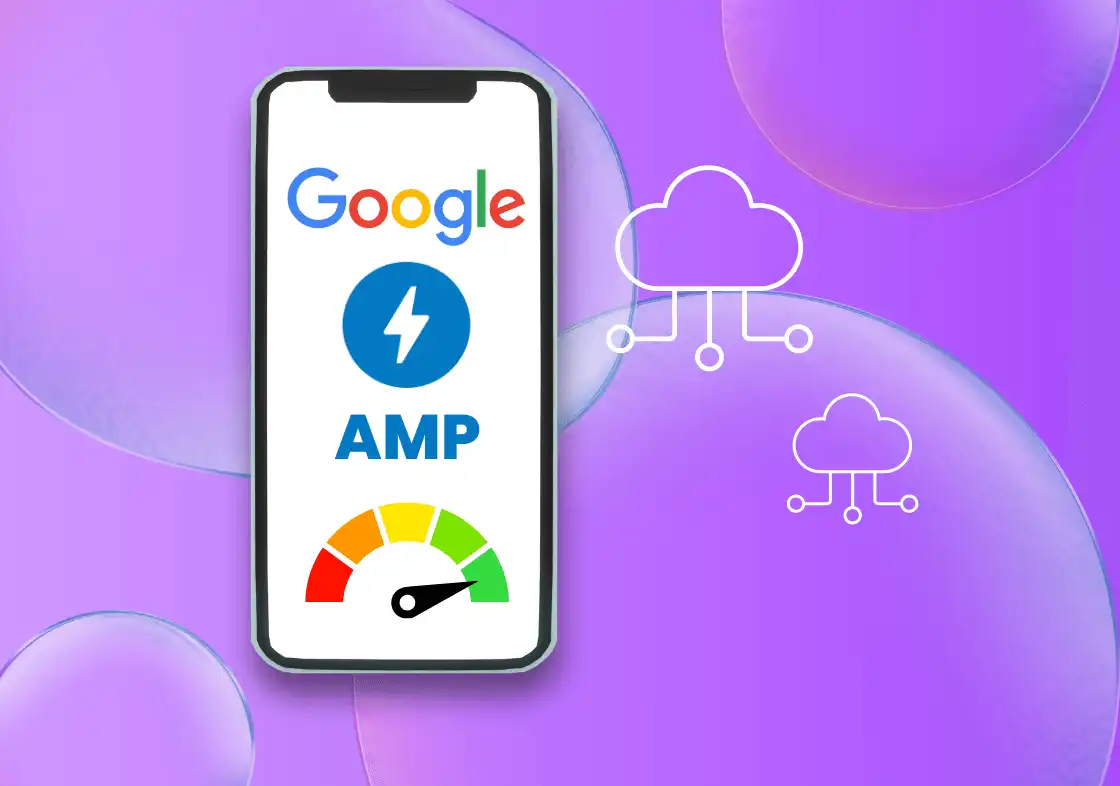Introduction
In today’s fast-paced digital landscape, businesses and developers are constantly seeking innovative solutions to streamline their operations and deliver seamless user experiences. One such revolutionary concept that has gained significant traction is “Serverless Architecture.” Let’s delve into this fascinating topic that promises a future of scalability, cost-efficiency, and enhanced productivity.
Understanding the Fundamentals of Serverless Architecture
At its core, serverless architecture is a cloud computing model that allows developers to build and run applications without managing traditional servers. It enables them to focus solely on writing code and delivering functionalities, leaving the burden of server management to cloud providers. This innovative approach eliminates the need for infrastructure provisioning, scaling, and maintenance, liberating developers from low-level tasks and allowing them to concentrate on creating exceptional user experiences.
Traditionally, developers were responsible for maintaining servers, managing scalability, and optimizing resource usage. However, serverless architecture abstracts these complexities, allowing developers to focus on building features and meeting business requirements. Serverless platforms, provided by major cloud services providers like AWS Lambda, Google Cloud Functions, and Microsoft Azure Functions, handle server provisioning, scaling, and execution.
How Serverless Architecture Works
Serverless architecture functions on the principle of “event-driven” computing. When an event, such as a user request, triggers an action, the cloud provider automatically allocates the necessary resources to execute the task. The application code is divided into smaller functions, known as “serverless functions,” that are event-triggered and stateless. These functions are executed in stateless containers, ensuring scalability and efficient resource utilization.
The event-driven nature of serverless architecture fosters a “pay-as-you-go” model, where users are charged only for the compute resources consumed during the execution of functions. This fine-grained billing model makes serverless architecture cost-efficient, especially for applications with varying workloads.
Advantages of Serverless Architecture
Serverless architecture offers numerous benefits, making it an attractive choice for modern businesses seeking agility and cost-effectiveness in their application development processes.
1. Cost-Efficiency and Scalability
One of the primary advantages of serverless architecture is its cost-effectiveness. Traditional server-based models often require businesses to provision resources based on peak loads, leading to underutilization and unnecessary costs during periods of low activity. With serverless architecture, businesses pay only for the actual compute resources consumed during the execution of functions, eliminating the need for idle server maintenance.
Furthermore, serverless platforms offer automatic scaling, allowing applications to handle fluctuating workloads effectively. The platforms instantly allocate resources as needed, ensuring optimal performance during peak times without the need for manual intervention.
2. Enhanced Development Speed
By abstracting server management complexities, serverless architecture accelerates the development process. Developers can focus on writing modular functions, each responsible for a specific task, and easily integrate third-party services through APIs. This modularity promotes code reusability, reducing development time and enabling teams to deliver new features faster.
3. Improved Resource Management
The serverless architecture enables efficient resource allocation based on workload demands. Each serverless function operates independently, allowing cloud providers to allocate resources precisely for each function’s needs. As a result, businesses can achieve better resource utilization, maximizing cost savings.
4. High Availability and Fault Tolerance
Serverless applications are distributed across multiple data centers, ensuring high availability and fault tolerance. Cloud providers handle the redundancy and availability of serverless functions, minimizing downtime and ensuring a seamless user experience. With data replicated across different locations, serverless architecture enhances application reliability and resiliency.
Key Use Cases for Serverless Architecture
Serverless architecture is versatile and applicable to a wide range of use cases across various industries. Some of the key use cases include:
1. Web and Mobile Applications
Serverless architecture is ideal for building web and mobile applications that experience fluctuating traffic patterns. The automatic scaling capability ensures that applications can handle a sudden surge in users without any performance degradation. Whether it’s an e-commerce website during a sale or a mobile app during a product launch, serverless architecture provides the necessary scalability to meet demand.
2. Real-Time Data Processing
Applications requiring real-time data processing can greatly benefit from serverless architecture’s ability to process and respond to events in real time. Internet of Things (IoT) devices, sensor networks, and analytics platforms can leverage serverless functions to react to data events immediately, enabling timely insights and actions.
3. Backend as a Service (BaaS)
Serverless architecture simplifies the implementation of Backend as a Service (BaaS) solutions. Developers can build serverless functions that serve as backends for applications, providing pre-built functionalities for authentication, data storage, and more. BaaS allows developers to focus on front-end development and user experience without worrying about backend infrastructure.
4. Chatbots and Voice Assistants
Chatbots and voice assistants have become integral to modern customer service and user interactions. The serverless architecture enables developers to create interactive and responsive chatbots and voice assistants. With event-driven functionality, these applications can handle user queries in real time, making them indispensable in industries like customer support and e-commerce.
Potential Challenges and Mitigations
While serverless architecture offers numerous benefits, it also comes with its set of challenges. Being aware of these challenges and implementing appropriate mitigations is essential for successful adoption.
1. Cold Start Latency
One of the concerns with serverless architecture is the latency introduced by cold starts. When a function is triggered for the first time after being idle, it may experience initial latency as the cloud provider provisions resources and initializes the function’s container. This latency can impact applications with stringent response time requirements.
Mitigation Strategy: To address cold start latency, developers can adopt warm-up strategies. By periodically invoking functions to keep them “warm,” developers can reduce the impact of cold starts. Additionally, optimizing function code and minimizing dependencies can also help reduce cold start times.
2. Vendor Lock-in
Using a specific cloud provider’s serverless platform may create vendor lock-in. If an organization heavily relies on a single provider’s ecosystem, transitioning to another provider could be challenging. This may limit flexibility and potentially increase costs in the long run.
Mitigation Strategy: To mitigate vendor lock-in risks, developers can adopt vendor-agnostic frameworks and adhere to industry standards when building serverless applications. By maintaining a separation of concerns between the core application logic and the serverless platform, it becomes easier to migrate to another provider if needed.
3. Limited Execution Time
Serverless functions have execution time limits imposed by cloud providers, typically ranging from a few seconds to a few minutes. Long-running tasks may be cut off if they exceed the allowed execution time.
Mitigation Strategy: For tasks that require longer execution times, developers can adopt strategies such as breaking down the task into smaller, manageable chunks and using appropriate data storage mechanisms to maintain continuity across function invocations.
Best Practices for Serverless Architecture
While serverless architecture provides numerous benefits, successful implementation requires adherence to best practices. Here are some key best practices to consider:
1. Granular Function Design
Divide application logic into smaller, more focused functions. Granular functions enable targeted scaling, reduce resource waste, and make it easier to maintain and troubleshoot code.
2. Optimize Resource Usage
Regularly monitor resource utilization of serverless functions. Analyze and optimize the code to ensure efficient resource consumption and cost-effectiveness.
3. Implement Security Measures
Security is paramount in any application architecture. In serverless environments, follow best practices such as least privilege access, encryption, and proper handling of sensitive data. Regularly audit and update security configurations to protect against potential vulnerabilities.
4. Leverage Caching
Utilize caching mechanisms to reduce redundant computations and minimize latency. Caching can significantly improve the performance of serverless functions and reduce the response time for frequently requested data.
The Future Outlook of Serverless Architecture
Serverless architecture continues to evolve, and its future looks promising. As more businesses recognize the benefits of serverless computing, adoption is expected to grow exponentially. Cloud providers are continuously enhancing their serverless platforms, introducing new features, and reducing cold start latency to make the serverless architecture even more appealing.
The serverless ecosystem is also witnessing the emergence of specialized tools and frameworks that simplify the development, deployment, and monitoring of serverless applications. These tools aim to streamline the entire serverless development lifecycle, making it more accessible to developers of all skill levels.
With the growing adoption of serverless architecture, developers are likely to see increased support for a broader range of programming languages and frameworks. This will enable them to leverage their preferred languages and tools to build powerful and versatile applications.
Furthermore, serverless architecture is not limited to web and mobile applications but is expected to play a significant role in emerging technologies such as edge computing and artificial intelligence. The ability to trigger functions in response to events from edge devices opens up new possibilities for real-time data processing and decision-making at the edge.
Quick Recap
Serverless architecture represents a paradigm shift in cloud computing, offering numerous advantages over traditional server-based models. Its cost-efficiency, scalability, and enhanced development speed make it an attractive choice for modern businesses seeking to optimize their application delivery.
As serverless architecture continues to mature and gain wider adoption, developers will have more opportunities to harness its potential for various use cases, ranging from web and mobile applications to IoT and artificial intelligence.
Embracing serverless architecture unlocks a world of possibilities, enabling organizations to focus on innovation and customer satisfaction without the hassle of infrastructure management. With its ability to scale effortlessly and respond to real-time events, serverless architecture is poised to revolutionize the way we approach computing and application development in the years to come.
FAQs (Frequently Asked Questions)
While serverless architecture offers numerous benefits, it may not be the best fit for all applications. It is most suitable for event-driven, stateless applications with varying workloads.
Security is a crucial consideration in a serverless architecture. Employ best practices such as code reviews, access controls, and encryption to enhance security.
Yes, serverless platforms can handle heavy computational tasks by automatically scaling resources based on demand.
Cold start latency can impact applications with stringent response time requirements. However, developers can optimize functions to mitigate this issue.
To optimize costs, design efficient functions, leverage caching mechanisms, and monitor resource usage regularly.



